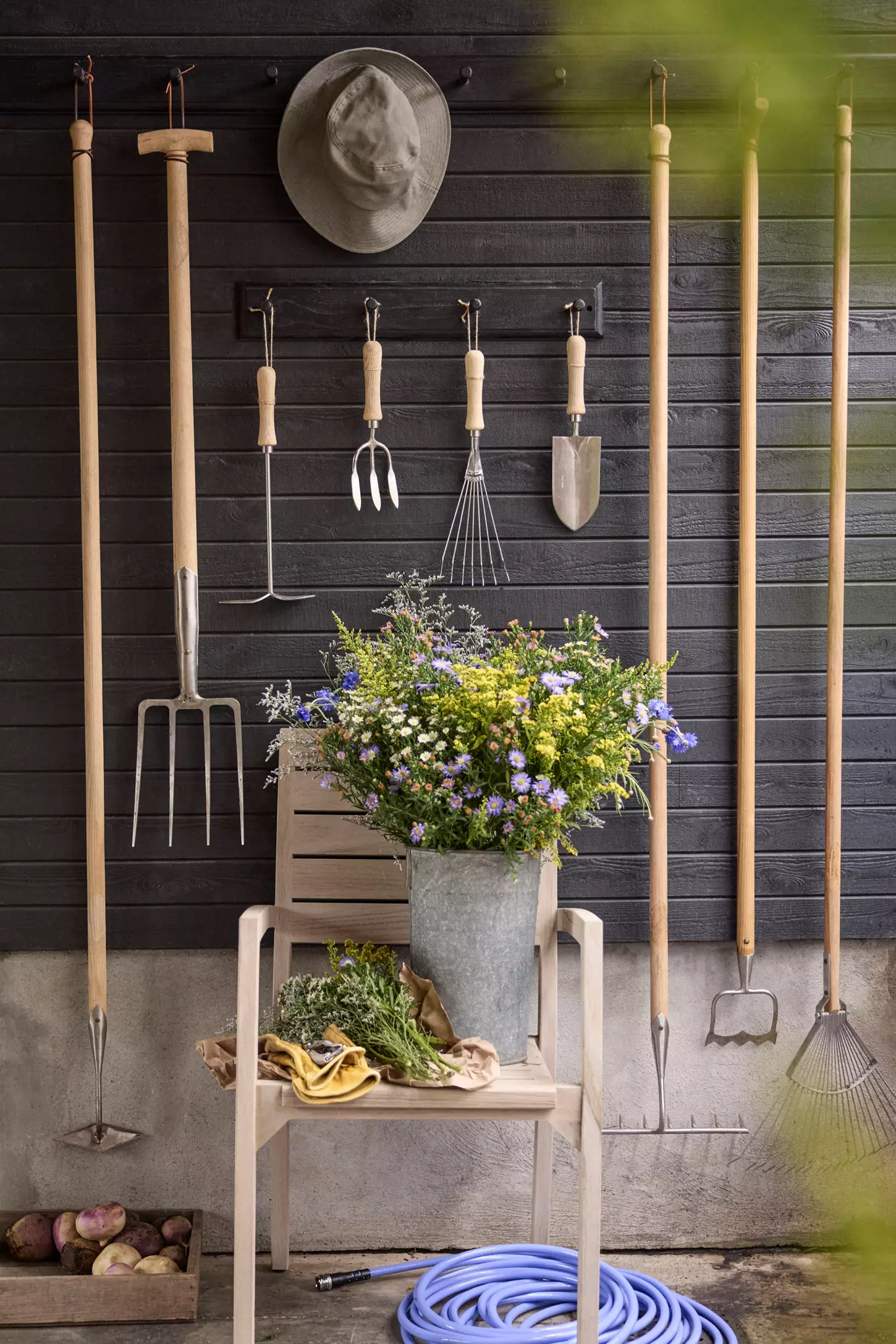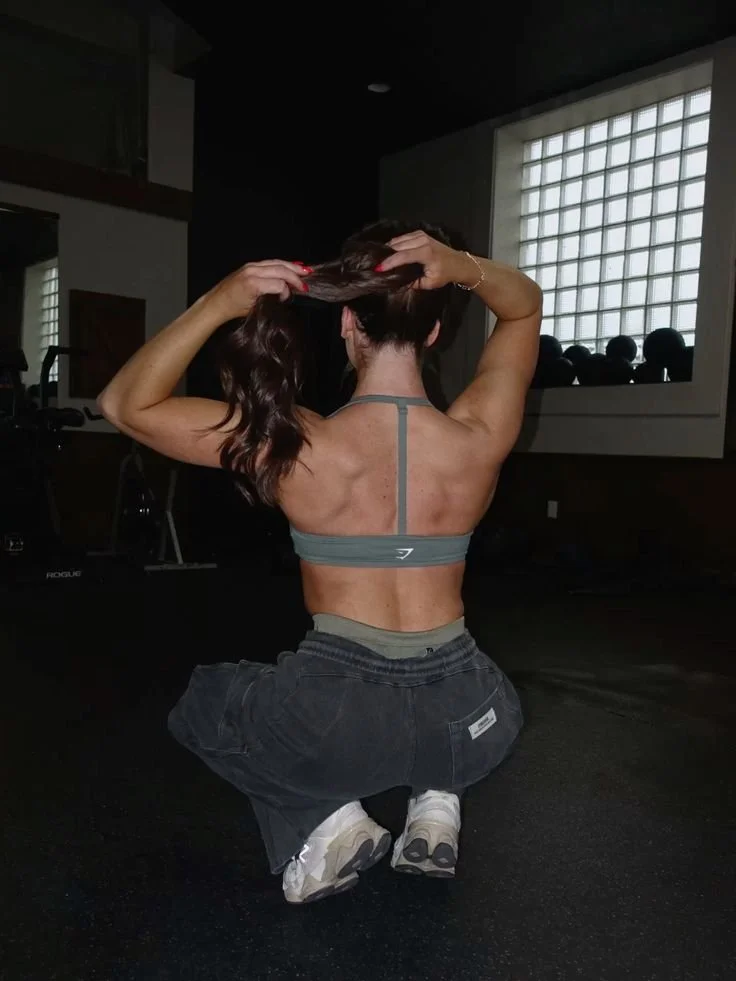Have you ever worried about your child's safety at school? It's a natural concern. School should be a place where kids feel secure, not where accidents are waiting to happen. Yet, every parent knows that mishaps are inevitable—a tumble on the playground, a bump in the hallway, or, in some cases, more serious incidents.
While most of these injuries are minor, some can leave lasting impacts on a child's well-being and a parent's peace of mind. Now, picture Los Angeles—a bustling city with nearly 4 million residents, iconic landmarks, and schools as busy as the streets outside. In a city this vibrant, accidents in schools are, unfortunately, not uncommon.
When a serious injury happens to a student, the aftermath can feel overwhelming. This is where a school injury attorney in Los Angeles becomes an invaluable ally. They help parents seek justice and accountability when preventable accidents disrupt a child's health and education.
No one wants to imagine their child as "the one it happened to," but being prepared can make all the difference. So, what causes these injuries, and how can you protect your child? In this article, we explore the leading causes of student injuries and how to protect your child at school.
Common Causes of School Injuries
No. 1
Playground Accidents
Playgrounds are a whirlwind of climbing, jumping, and running—until someone falls from the monkey bars or trips over uneven ground. Falls are one of the leading causes of student injuries. Loose gravel, wet surfaces, or outdated equipment only increase the risks.
While schools should prioritize playground maintenance, this isn’t always the case. If your child is injured due to poor upkeep, it’s worth addressing the issue with the school.
No. 2
Sports and PE-related injuries
Sports teach teamwork, discipline, and confidence, but they’re also a common source of injuries. Twisted ankles, broken bones, and head injuries frequently occur during gym class or after-school sports.
While some injuries are unavoidable, others result from negligence. Were proper safety measures in place? Was the equipment checked? Were students taught how to play safely? If not, the school may share responsibility for the injury.
No. 3
Slips, Trips, and Falls
Classrooms and hallways should be safe, but wet floors, spilled food, and loose wires can turn them into slip and fall hazards. Imagine your child running to class and slipping on a freshly mopped floor with no warning signs.
Such accidents are often preventable. Schools have a duty to ensure floors are dry, pathways are clear, and hazards are addressed promptly. When they fail, students bear the consequences.
Pottery Barn Kids
Create a world of wonder for your little ones with Pottery Barn Kids! From playful decor to cozy essentials, they provide everything you need to inspire imagination and make every space feel like home. Explore their collection today!
No. 4
Bullying and Physical Altercations
No parent wants to think about their child being hurt by another student, but physical fights and rough play are real risks. These incidents can result in bruises, cuts, or even more serious injuries.
Schools should enforce anti-bullying policies, but enforcement doesn’t always meet expectations. If your child has been harmed due to inadequate supervision, it’s reasonable to demand better oversight and accountability.
No. 5
Injuries from Faulty Equipment and Furniture
Broken chairs, desks with sharp edges, or loose fixtures are accidents waiting to happen. If you’ve ever seen a classroom with rickety furniture, you’ve probably thought, “This doesn’t look safe.”
When a desk collapses or a sharp edge causes an injury, it’s often due to delayed maintenance or budget constraints. However, a child’s safety should never be put “on hold.” Schools must replace or repair unsafe items promptly.
No. 6
What to Do if Your Child is Injured at School
Getting that call about your child’s injury can be overwhelming. Your first thought is likely, “Is my child okay?” followed by, “What do I do next?”
Here’s a step-by-step guide:
Ensure Medical Attention: Prioritize your child’s health. Seek immediate medical care if needed.
Understand the Cause: Investigate how the injury happened. Was it preventable? Was negligence involved?
Document Everything: Take photos of the injury, the location where it occurred, and any contributing factors. Keep records of medical visits and expenses.
Raise Concerns: Report the incident to the school and ask for a detailed explanation.
Seek Legal Help: If negligence played a role, consult a school injury attorney. They can help you hold the school accountable and protect your child’s rights.
No. 7
How to Protect Your Child at School
No parent wants to think of their child as a victim, but awareness is your first line of defense.
Here’s how you can stay proactive:
Ask Questions: Inquire about the school’s safety measures. Are playgrounds well-maintained? Are teachers and coaches properly trained?
Inspect the Environment: Look for potential hazards during school visits.
Advocate for Change: If something feels unsafe, speak up. Schools may prioritize safety improvements when parents raise concerns.
Teach Your Child: Educate your child about staying safe—whether it’s using playground equipment properly, reporting bullying, or being cautious in hallways.
Takeaways
Every child deserves a safe environment to learn and grow. Unfortunately, accidents do happen, but understanding the common causes of school injuries can help you spot risks before they turn into regrets.
If your child is injured at school, don’t hesitate to take action. Whether it’s addressing the issue with the school or seeking legal guidance, your involvement can make a difference. With awareness and preparation, you can help ensure your child’s safety and well-being in the classroom and beyond.
Looking for resources?
At Hello Lovely Living, we aim to empower you to earn and save money and time while benefiting from our expansive network of home, life, wellness, travel, work-from-home, career, and business resources and opportunities. Discover a wealth of tools to support your journey.















































































































































































































